Charles Town's B&O Depot
The history of Charles Town's Baltimore and Ohio depot from its inception in 1880 to its obsolescence in 1949 and its eventual destruction by fire in 1980. It also explores the evolution of the Valley Line, transitioning from the Winchester & Potomac Railroad to the B&O Railroad and ultimately CSX.
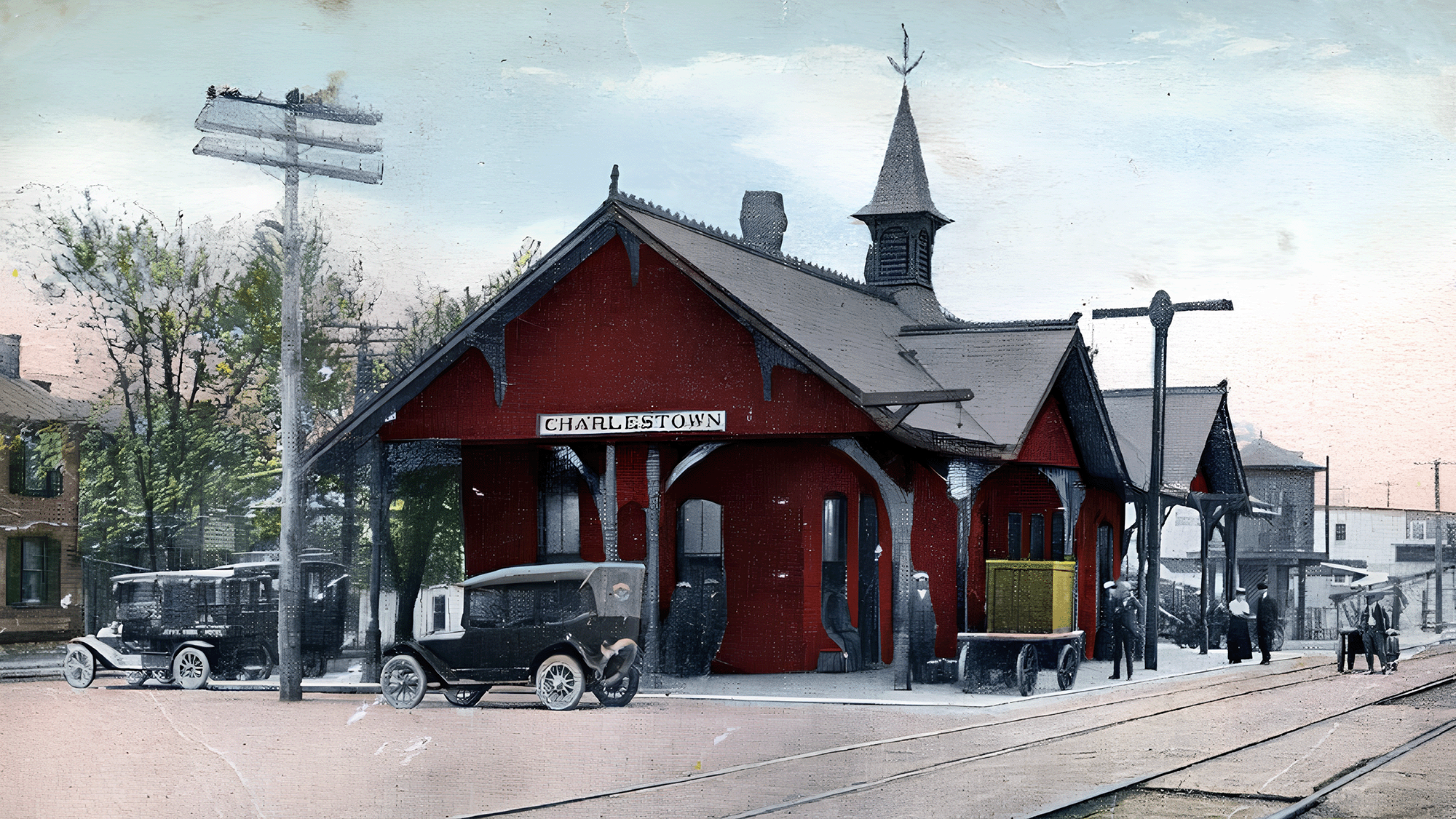
Editor’s note (updated Sept. 14, 2025): A previous version stated that the 1880 brick B&O depot in Charles Town was destroyed by fire in 1980. Subsequent review of photographs and local accounts indicates the 1980 fire consumed a separate wood-frame railroad building adjacent to the former brick depot. The brick depot is present in photographs from 1962 and absent by 1965. Its exact disposition remains undocumented in sources available to the author. This article has been updated to reflect that clarification.
The Baltimore & Ohio (B&O) train depot in Charles Town, West Virginia, holds a special place in the history and development of the Shenandoah Valley. Situated in the heart of Charles Town, this depot served as a critical junction for people and goods traveling through the region for over a century. It is important to distinguish this depot from the Charles Town Norfolk & Western depot, which was located west of the town on a different train line. The B&O depot, the subject of this article, stood on the Winchester & Potomac (later B&O Shenandoah Valley) line, east of downtown, and played a crucial role in connecting the towns of the Shenandoah Valley, thereby contributing to the region's economic and social development.
The Winchester and Potomac Railroad was the pioneer rail line in the Lower Shenandoah Valley, having been chartered by the Virginia General Assembly in 1831. This line commenced in Winchester, Virginia, and proceeded down the Valley to Harpers Ferry, a journey influenced by the topography of the Shenandoah Valley, which descends from Lexington, Virginia, to its nadir where the rivers converge at Harpers Ferry. Although the Winchester & Potomac Railroad arrived in 1836, it had to bide its time for a year until the Baltimore and Ohio Railroad made its way into Harpers Ferry. The B&O crossed the Potomac River on a bridge they owned, a structure erected under the watchful eye of engineer Benjamin Latrobe Jr. By 1855, taking the train from Charles Town to Harpers Ferry would set a passenger back 87½ cents, about $30.75 in 2023 dollars, and the journey would consume over an hour of their time.
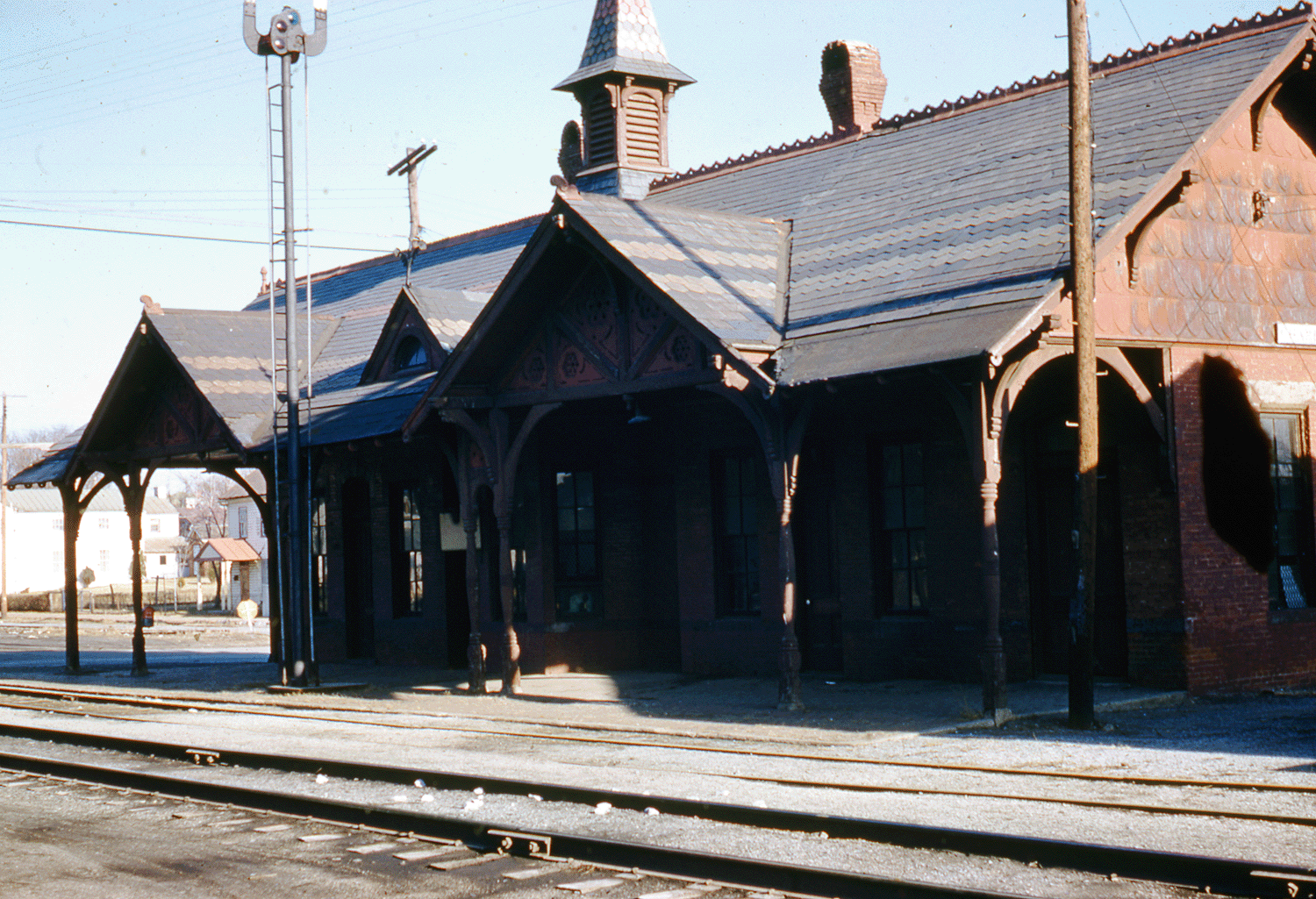
Following the Civil War, the Winchester & Potomac Railroad was acquired by the B&O. Eventually, the railroad was extended up the Valley to Harrisonburg and rebranded as the Shenandoah Valley Division, B&O Railroad. Locals affectionately referred to this as the Valley Line. This expansion facilitated the transportation of mail, with multiple trains heading east and west passing through Charles Town each day.
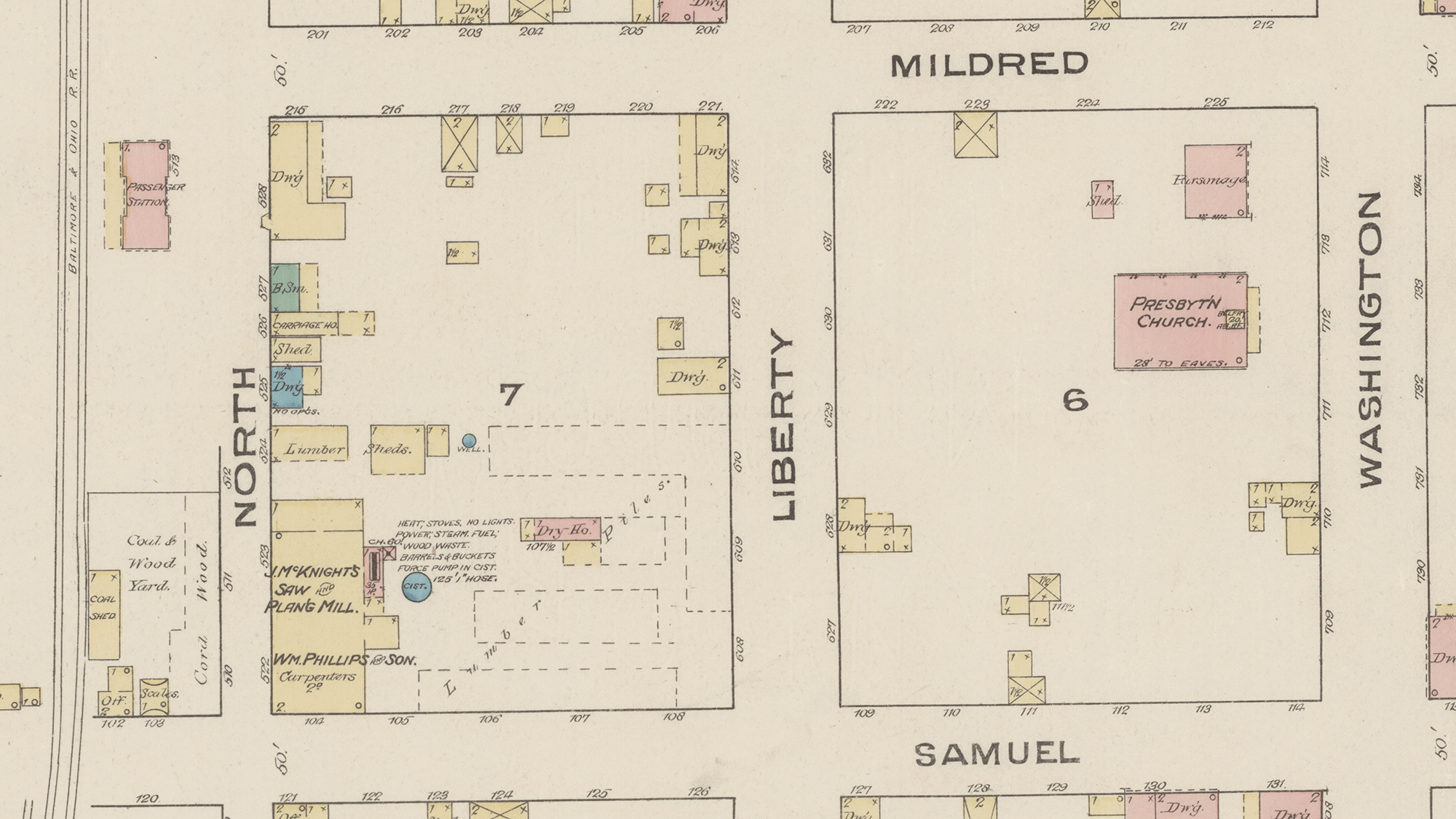
In 1880, the B&O announced plans for a new depot in Charles Town. The station was designed by E. Francis Baldwin, the architect for the B&O Railroad, and the construction was entrusted to Julius Caesar Holmes, a local architect and builder from Charles Town. The new depot was located on the north side of East North Street, adjacent to the present-day CSX rail line and near the intersection of North and Mildred streets - today, this location is an enclosed parking area for Creamer's Tire & Auto Center. Albert D. Barr, the local B&O agent, was present to throw out the first shovel of dirt, marking the commencement of the construction. The work was completed by the fall of 1880, and for many decades thereafter, the depot served as a vital hub for the Charles Town community.
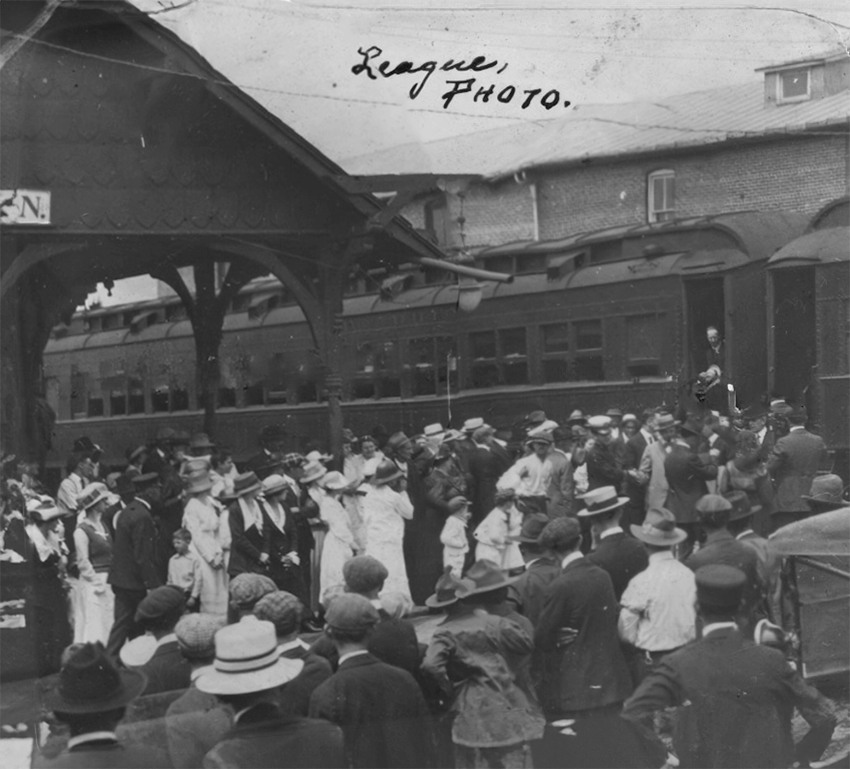
The depot, built with brick and black mortar, featured trim made of Cheat River stone, a variegated slate roof, and a wood and slate ventilator. It measured 57 feet by 21 feet and included several rooms: a general waiting room (19x20 feet), a ladies' room (17x21 feet), a ticket office (10x17 feet), an express office (10x17 feet), and a front porch (10x57 feet) covering the platform. This depot greatly enhanced Charles Town's transportation infrastructure, meeting the community's growing needs in the late 19th century.
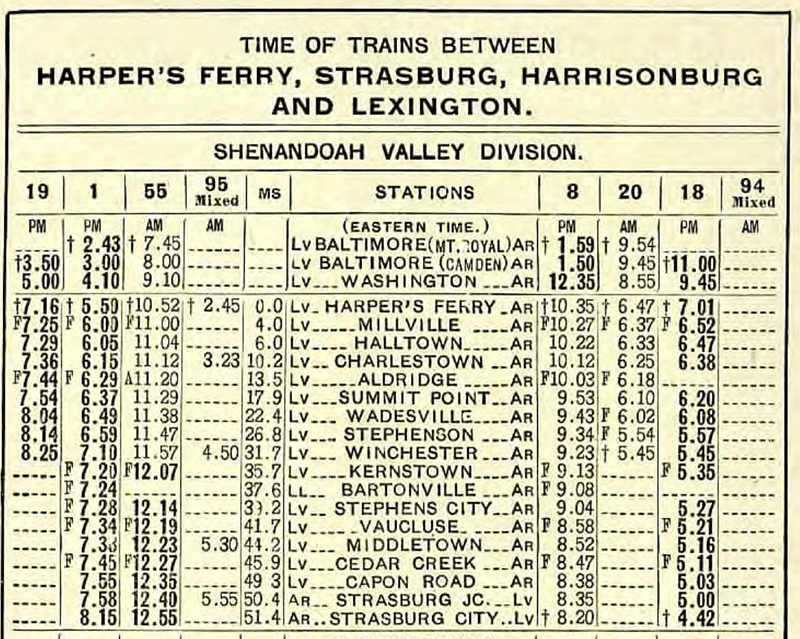
In 1913, the station had seven daily train stops: four westbound and three eastbound. The primary services were the Valley 55 (westbound) and Valley 54 (eastbound), which made stops at all stations between Harpers Ferry and Strasburg. There were also limited-stop or short-haul services, which either had fewer stops or only operated between Harpers Ferry and Winchester. However, by 1948, the frequency of trains had decreased to just two per day, one in each direction: Valley 54 and 55. The trip from Charles Town to Harpers Ferry had been significantly streamlined by then, taking only 20 minutes and costing 25 cents, equivalent to $3.13 in 2023. This was notably quicker and more affordable than the same journey in 1855.
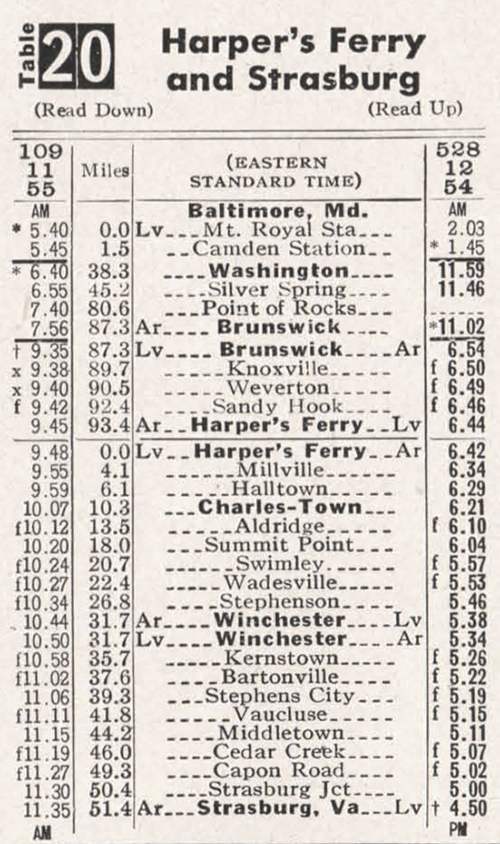
The end of an era came with the cessation of regular passenger rail service to Charles Town's B&O depot on August 20, 1949. The rise of automobile ownership after World War II, coupled with increasing costs, forced the B&O to gradually phase out passenger rail service, rendering the depot obsolete. The last official run was made by the crew of Valley 55 and 54, which consisted of Frank M. Branum (conductor), B. B. Bissett (baggage master and conductor), Earl Dodson (mail clerk), C. Burke Coffman (fireman), and Charles F. Deck (engineer). As Engine 5168 passed through the Harpers Ferry tunnel on the moonlit evening of August 20, it marked the close of another chapter in history. Valley 55 and 54, which had been part of the lifeblood of the Shenandoah Valley for many years, would run no more. This closure marked the end of 114 years of regular B&O passenger service to the Valley.
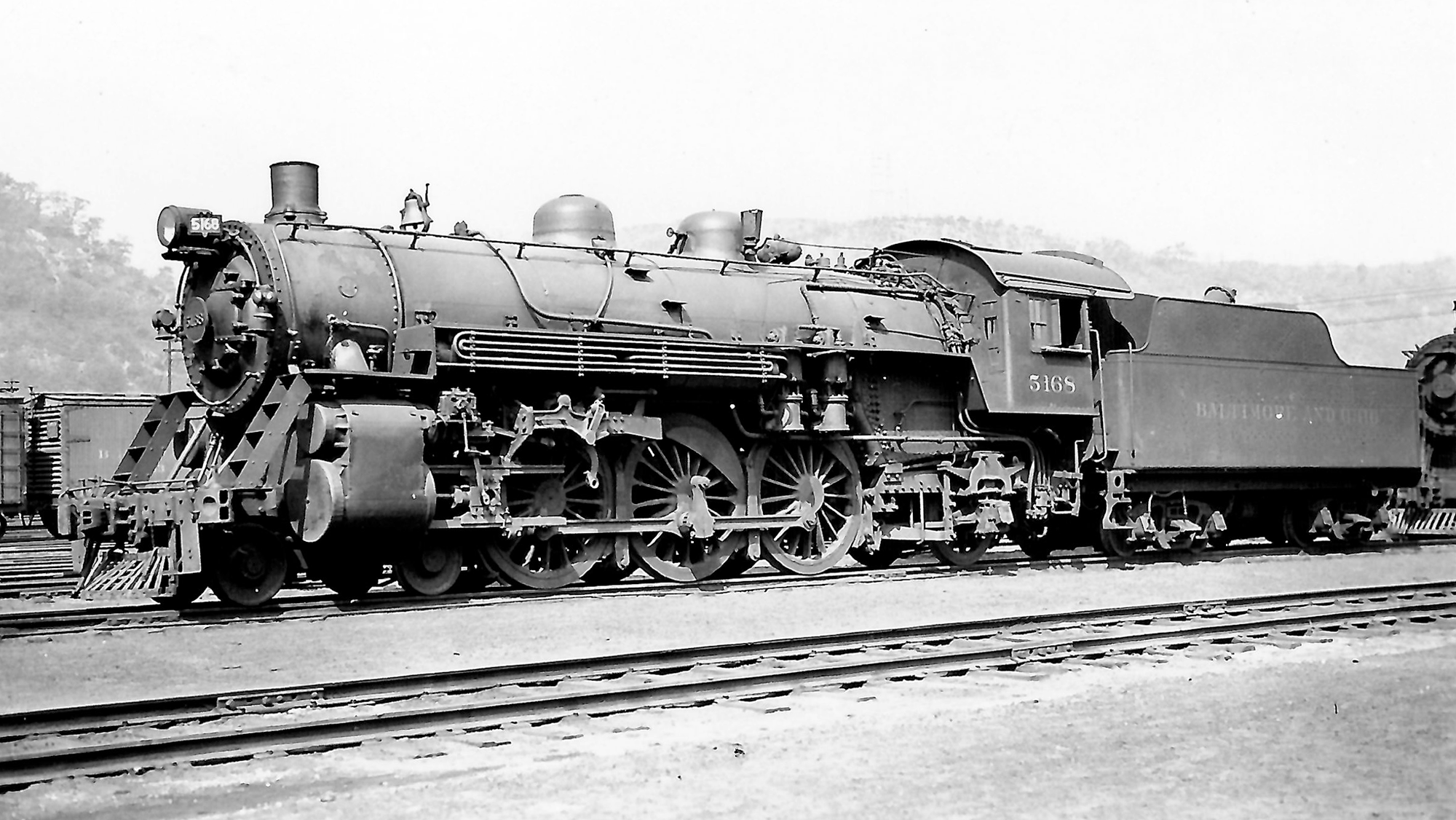
After the cessation of passenger service in 1949, the B&O still operated special event trains. A standout was the Charles Town Races train, ferrying attendees from Baltimore and Washington to the Charles Town Races and the now-closed Shenandoah Downs. This service began in 1933, and such was its importance that races would be postponed if the train was delayed. Advertisements in Washington and Baltimore newspapers indicate that these trains ran until at least 1966. Additionally, the B&O operated festival trains for the Shenandoah Apple Blossom Festival in Winchester, a tradition since 1924. These trains, active until at least 1956, started in Baltimore, collected additional passengers in Washington, and journeyed to Winchester, with Charles Town as one of the stops. They operated a round trip, ensuring visitors could return the same evening.
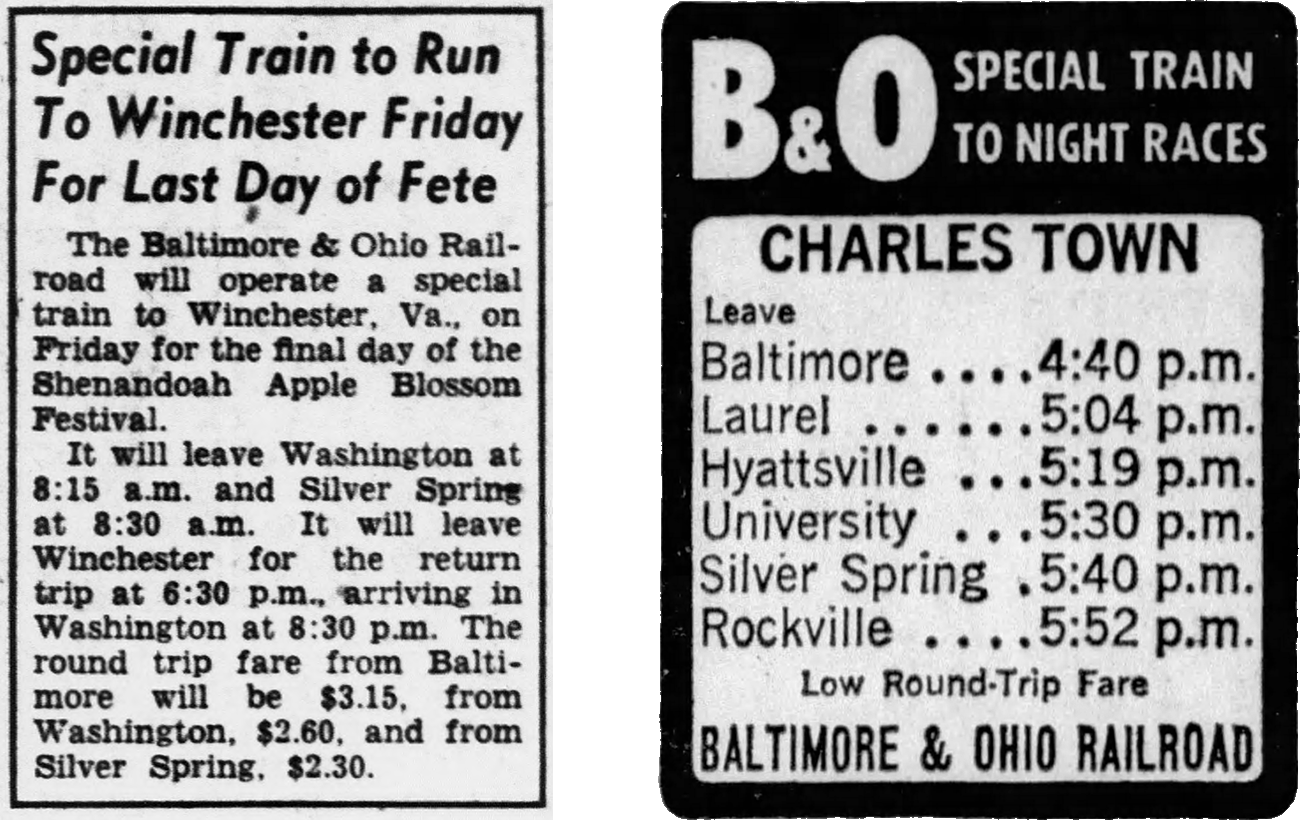
The 50-mile B&O line between Harpers Ferry and Strasburg Junction had been integral to the development of the Shenandoah Valley. It had been in operation since the opening of the Winchester & Potomac Railroad line for service between Harpers Ferry and Winchester in 1835, through the Civil War, and in the subsequent years. Although passenger rail service to Charles Town continued until 1963 at the Norfolk and Western station on the west side of Charles Town, the story of this rail service will be the subject of a future article.
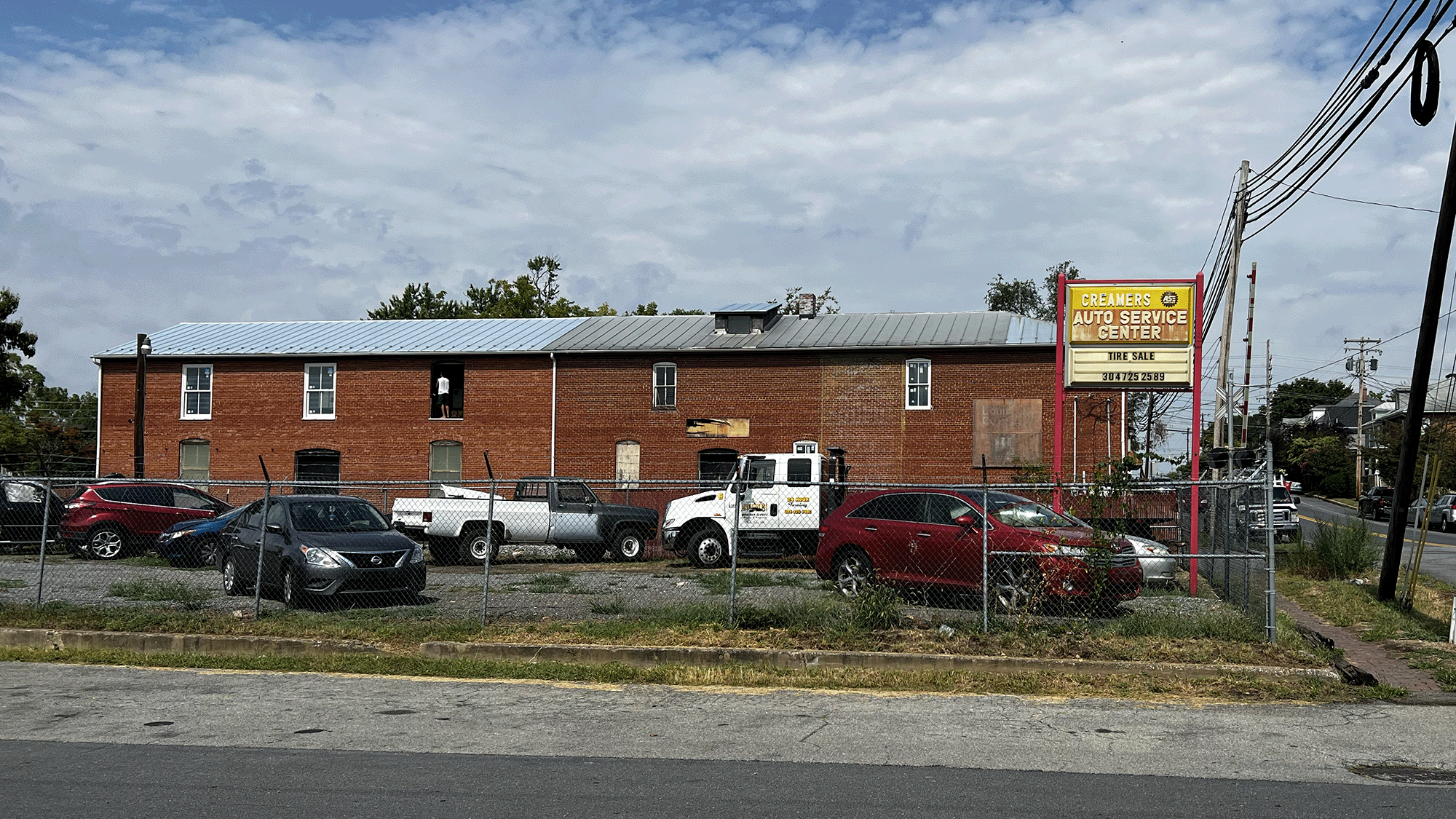
The unfortunate demise of the Charles Town B&O Railroad station came on October 23, 1980, when a devastating fire consumed the historic structure. Despite the valiant efforts of the Citizens and Independent Volunteer Fire Companies, who arrived to find the building already engulfed in flames, the depot burned to the ground. The building had been designated as a historic landmark, and there were plans underway to renovate and preserve it as a part of Jefferson County history. However, those plans were tragically thwarted by the fire. In the aftermath of the blaze, Charles Town fire companies and assistant state fire marshal, Emmett Roush, indicated that three Jefferson County youths were suspected of setting the fire, although formal charges were never placed and no records could be found referencing the perpetrators or confirming if the incident was indeed arson. The destruction of the depot marked the loss of a significant piece of Jefferson County's heritage, a sad ending to a storied past.
What burned in 1980, and what happened to the brick depot?
On October 23, 1980 a fire destroyed a wood-frame railroad building that stood beside the former 1880 brick B&O depot site. Charles Town companies arrived to find the structure fully involved. Investigators later indicated that three local youths were suspected, although no charges were filed and the incident was never formally confirmed as arson. By contrast, the 1880 brick depot had already disappeared by the mid-1960s. It appears in photographs from 1962 but is gone in views dated 1965. I have not found a contemporaneous record that explains whether it was demolished, removed, or otherwise lost. The two losses, separated by years and by building type, together erased much of the tangible fabric of Charles Town’s rail era.

Sources and notes
- Fire on destroyed a wood-frame railroad building at the former depot site; contemporary reports mention suspected juveniles but no charges.
- The 1880 brick depot appears in photographs dated and is absent in photographs dated . The mechanism and date of its removal are not yet documented in records reviewed by the author.
- Readers with primary documentation on the brick depot’s disposition are invited to contact the author so this article can be further updated.
Disclaimer: I am not a historian or a railfan but simply a curious resident of Jefferson County. If there are inaccuracies or important details I've overlooked, please kindly inform me. I am open to feedback and will gladly incorporate any corrections into a future revision of this article.